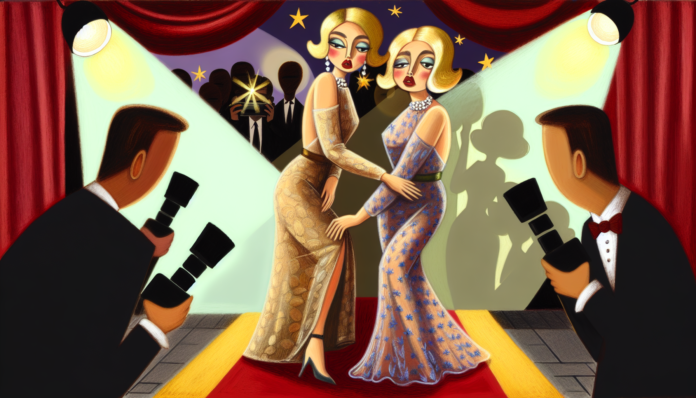Introduction
Leonardo DiCaprio, a household name since his rise to fame in the 1990s, has captivated audiences with his compelling performances and real-life narratives. However, beneath his Hollywood glamour lies a captivating love life that has been marked by both passion and controversy. As the world watched, DiCaprio became embroiled in various romantic entanglements that sparked discussions about societal norms and celebrity culture. The late 1990s and early 2000s, when DiCaprio’s star rose sharply, were pivotal in shaping media perceptions of celebrity relationships, reflecting shifting moral attitudes of the era.
The Scandal
One of the most notable chapters in DiCaprio’s love life came with his whirlwind romance with supermodel Gisele Bündchen in the early 2000s. The couple’s relationship was marked by public affection and tabloid frenzy, but it ended in 2005, likely spurred by DiCaprio’s reluctance to settle down at a young age. Following their split, rumors swirled regarding DiCaprio’s dating preferences, particularly his trend of dating models—nearly always under the age of 25.
This pattern reached a peak in the late 2010s with his romances featuring women significantly younger than himself, including his long-term relationship with actor Camila Morrone, who started dating DiCaprio when she was just 21 years old. The age gap became a central topic of media discussion, prompting critics to question the implications of such dynamics in relationships.
As the media reported speculative details about his love life, comments such as “He’s just a typical Hollywood playboy” circulated, revealing societal discomfort regarding age disparities in relationships, especially involving younger women. DiCaprio’s responses, often coy and detached, only fueled the fire, creating a rich narrative for tabloids and news outlets alike.
Moral and Cultural Analysis
The early 2000s marked a transitional phase in perceptions of celebrity relationships. DiCaprio’s prominence coincided with a cultural shift where the public became more scrutinizing of romance, particularly regarding power dynamics. While romantic flings involving celebrities often stirred gossip, the increasing visibility of age-gap relationships raised eyebrows and discussion around empowerment versus exploitation.
His relationships were met with mixed reactions. While many fans admired the glamour of being involved with one of Hollywood’s biggest stars, others labeled it as indicative of an ongoing societal issue concerning the objectification of young women—reflected in statements like, “It’s just another case of Hollywood idealizing age disparities.” The outcry at the time illustrated a growing awareness of gender dynamics, yet many defended DiCaprio’s personal choices as his right to love free of societal norms.
In contrast, had these events occurred in today’s context—where the #MeToo movement has reshaped conversations around consent and relationships—DiCaprio might face a harsher reckoning. Today’s audiences might scrutinize the implications of his dating patterns more fiercely, prompting broader discussions about the implications of such relationships in a society that increasingly champions equality and consent.
As conversations about power dynamics and age gaps evolve, the once glamorized narratives now prompt a reevaluation of what it means to maintain a “playboy” image in an age where accountability in relationships is more sought after than ever.
In sum, Leonardo DiCaprio’s glamorous yet tumultuous love life highlights the complexities of societal standards and cultural shifts surrounding celebrity relationships—serving as both entertainment and a mirror reflecting changing moral attitudes.

